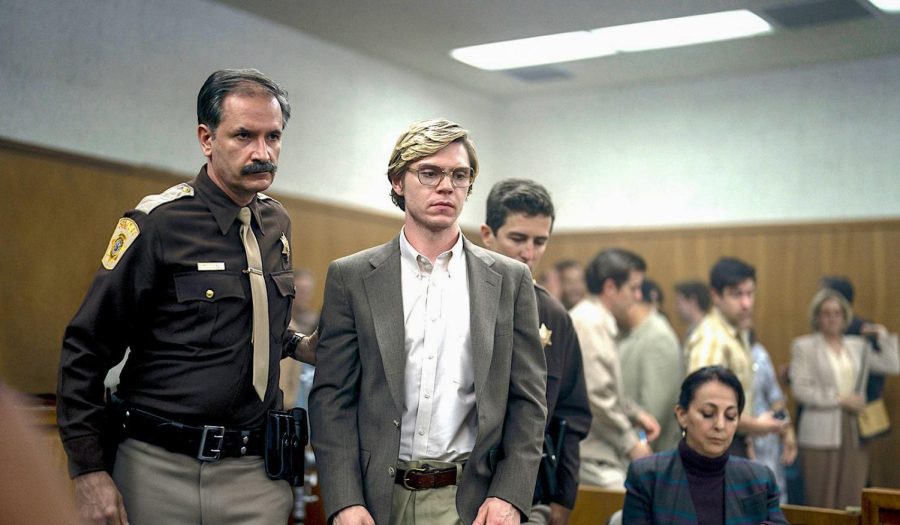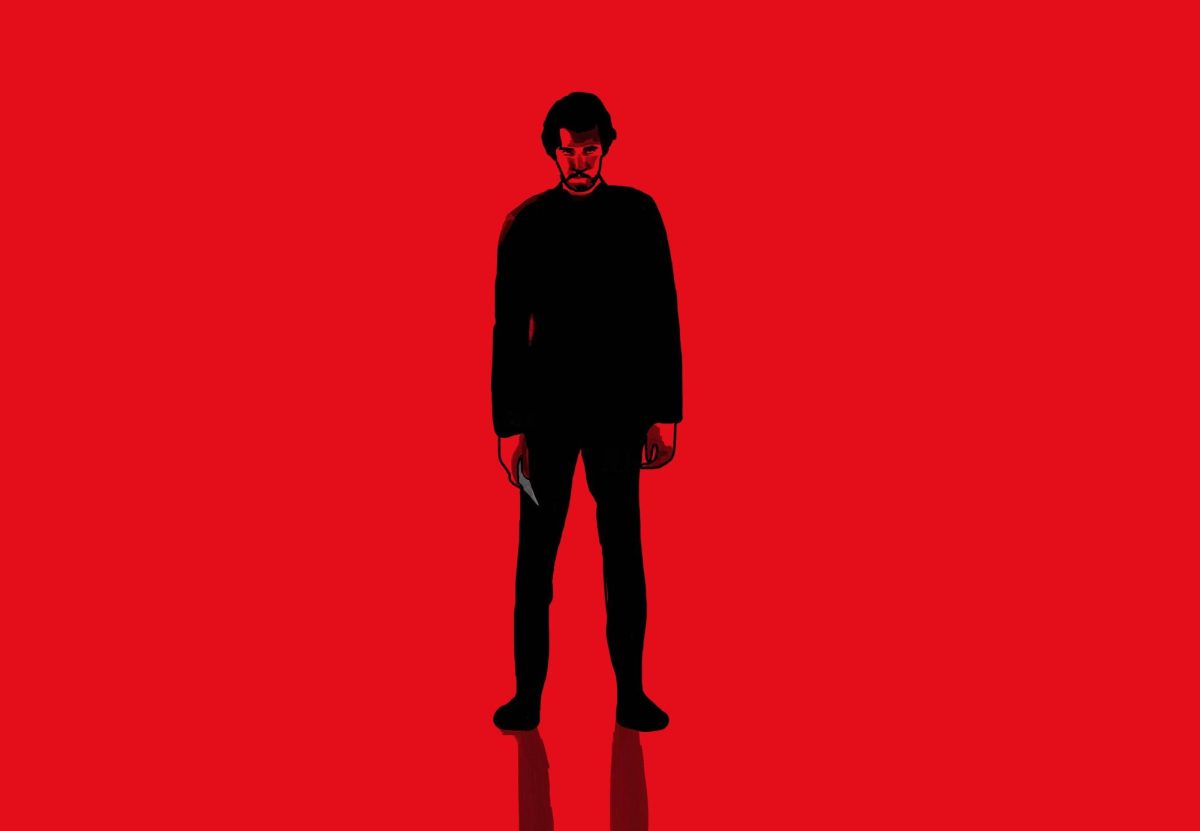An eye infection, head injuries, a broken hand and almost being dropped from their producer would be a clear indication of stopping for any director of an action film, especially when you are also the main protagonist of the film having to balance both your directorial position as well as acting and learning the fight sequences. This was no stop for Dev Patel, the director of the new acclaimed action movie “Monkey Man,” where he plays a character known as Kid, who grew up with the story of Hanuman, an important figure and deity in Hinduism who has the face of a monkey and who our protagonist closely follows through his adventures in India. This later evolves into a story of revenge with main themes of politics, corruption and religion.
“Monkey Man,” considered by some critics as the south-Asian “John Wick”, makes an amazing rendition of Indian culture and important themes surrounding it, highlighting the community known as ”Hijra.” “Hijra,” a group of people considered a third gender in India who experience many amounts of discrimination for not fitting into the gender binarity, are a very important and helpful community for our protagonist.
Another important aspect shown was the caste system and poverty in South-Asia, conjoined by religious topics with the character of Baba Shakti who is a spiritual guru who uses his power for his personal greed and shows how religion can be used for manipulation of the masses, which made it extremely difficult to market as the Indian markets did not enjoy the subjects it was approaching. Netflix got ahold of this movie and almost dropped it from releasing; however, Jordan Peele, director of iconic horror hits such as “Nope” and “Get Out,” loved the movie and talked through Monkeypaw Productions to Universal Pictures, who acquired the film for 10 million dollars.
Apart from the topics and story of the film, the action scenes are incredibly entertaining for the audience. The way in which scenarios are implemented into the fight, with many of the items being grabbed from close surroundings make the fights spontaneous and exciting as you may never know what the next attack approaching may be. Blood is also not spared, and many of the scenes have very bloody attacks that make you jump out of your chair both by disgust and shock. With a runtime of almost 2 hours, the time went flying and felt extremely short by how well-tied together everything was.
Finally, the cinematography and lighting of the film makes all of these battles and blood feel ten times greater. Bold colors are very present in places such as nightclubs where the theme of richness and luxury are the protagonist, but then we switch to the dark streets of India, making a clear contrast between these two places. This compares to the contrast our protagonist faces as his past is extremely dark; his mother was killed by one of the chiefs of police which ignites the seek for revenge and moves into the present where he is able to infiltrate one of the most lucrative nightclubs of India, where the corruption of both police and politicians is clearly evident. These themes continue until the climax of the film, with every fighting scene improving from the last one and an ending which feels fulfilling for both the audience and our protagonist.
Monkey Man is now available on film theaters all around USA.





























































